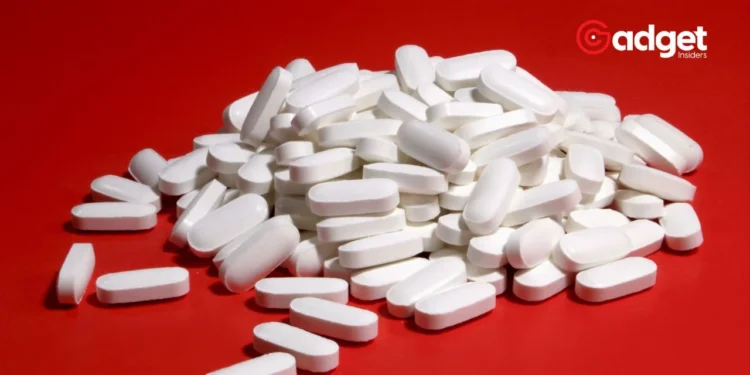America is currently grappling with an unprecedented drug shortage crisis, putting countless patients at risk and highlighting significant systemic vulnerabilities in the pharmaceutical supply chain. As the country faces these challenges, both healthcare professionals and policy makers are calling for immediate action to safeguard patient care.

Record-Breaking Drug Shortages Impacting Healthcare
Recent data from the American Society of Health-System Pharmacists (ASHP) and the University of Utah Drug Information Service has unveiled a concerning rise in drug shortages across the United States. In the first quarter of 2024 alone, a staggering 323 drugs were reported to be in short supply, surpassing the previous high of 320 recorded back in 2014. This shortage spans various essential medications, including generic sterile injectables used in cancer chemotherapy and emergency treatments.
Paul Abramowitz, CEO of ASHP, expressed urgency in addressing these shortages, stating, “It’s long past time to put an end to drug shortages.” His concern reflects the growing anxiety among healthcare providers over the availability of crucial medicines.
Magical meltdown medicine or smth 💕 pic.twitter.com/7CShoXIExP
— Taffel🛸 (@taffelhat) September 18, 2023
The Broad Impact of Shortages Across Drug Classes
The shortage is not limited to any single class of medication but is widespread across several essential categories. Notably, intravenous fluids, hormone agents, antimicrobials, and central nervous system stimulants are all experiencing low supplies. The ongoing scarcity of ADHD medications like Adderall is particularly troubling, with the Food and Drug Administration (FDA) citing both production delays and increased demand as contributing factors.
Challenges and Solutions in Tackling Drug Shortages
The persistence of these shortages, with some lasting over two years, underscores the complexity of the pharmaceutical supply chain. Factors such as supply chain disruptions and surging customer demand have exacerbated the situation. The U.S. Department of Health and Human Services has proposed strategies to prevent such shortages, emphasizing the need for enhanced market transparency and stronger collaboration between hospitals and drug manufacturers.
However, implementing these strategies poses significant challenges. Abramowitz highlighted the difficulties hospitals face, including budgetary and personnel constraints, in adopting these measures. “Much work remains to be done at the federal level to fix the root causes of drug shortages,” he remarked, pointing to a need for broader systemic changes.
The Economic and Clinical Burden of Drug Shortages
The economic impact of drug shortages on patients is profound. At a recent House Ways and Means Committee hearing, healthcare professionals discussed the heavy financial burden placed on patients, who often have to resort to more expensive alternatives. This not only strains individual finances but also impacts the overall efficacy of treatment protocols.

Rising Threats from Counterfeit Drugs
In a related concern, the issue of counterfeit drugs has come to the forefront. Cybersecurity firm BrandShield recently took action against over 250 websites selling fraudulent weight-loss and diabetic treatments. BrandShield CEO Yoav Keren emphasized the danger these counterfeit medications pose, particularly those mimicking popular diabetes treatments now used for weight management.

This crackdown is part of a broader effort to combat the illegal online pharmacy industry, which, according to studies, makes up about 95% of all internet pharmacies. The shutdown of these fraudulent sites is a critical step in protecting consumers from harmful and ineffective drugs.
Conclusion: A Call for Comprehensive Action
The current drug shortage crisis in the U.S. demands a comprehensive approach involving all stakeholders in the healthcare industry. From improving supply chain management to clamping down on counterfeit drugs, the path forward requires coordinated efforts and robust policy interventions. As the nation confronts these challenges, the ultimate goal remains clear: ensuring that all patients have timely access to the medications they need, without undue burden or risk.










